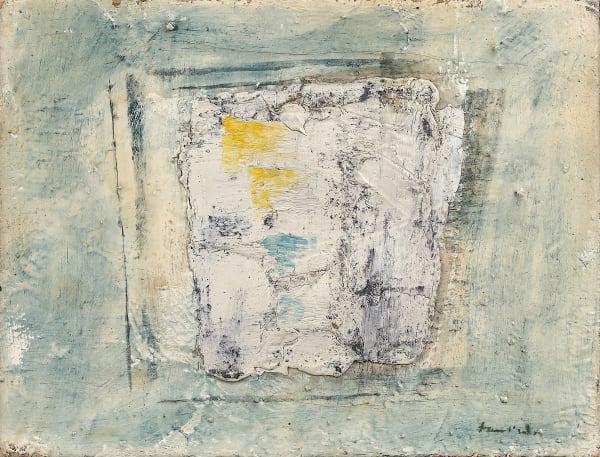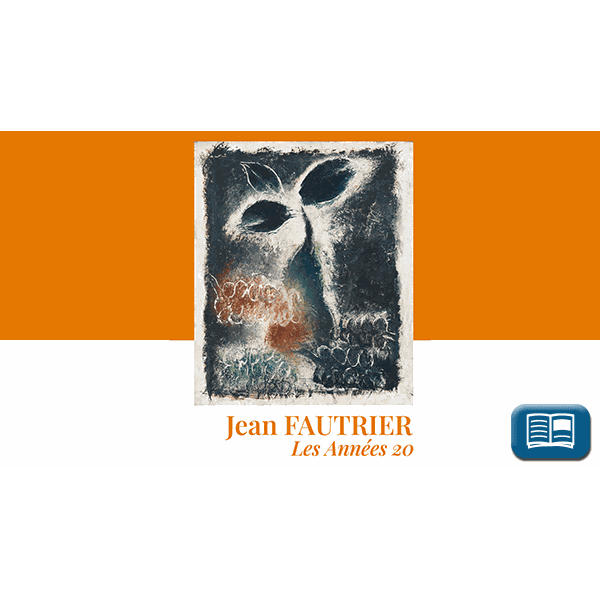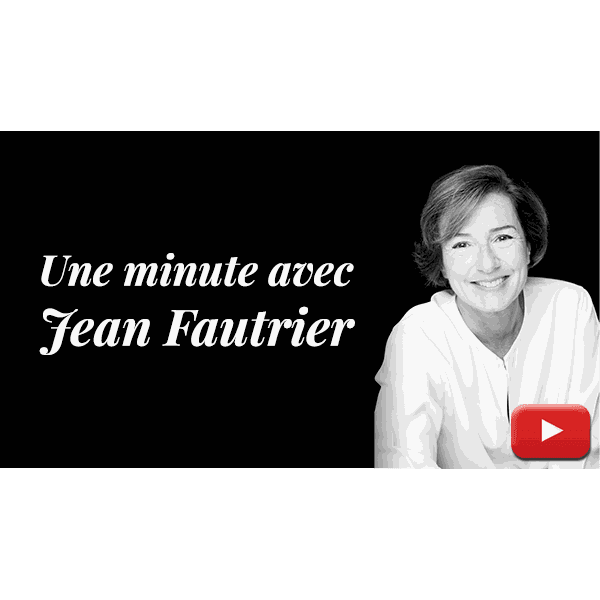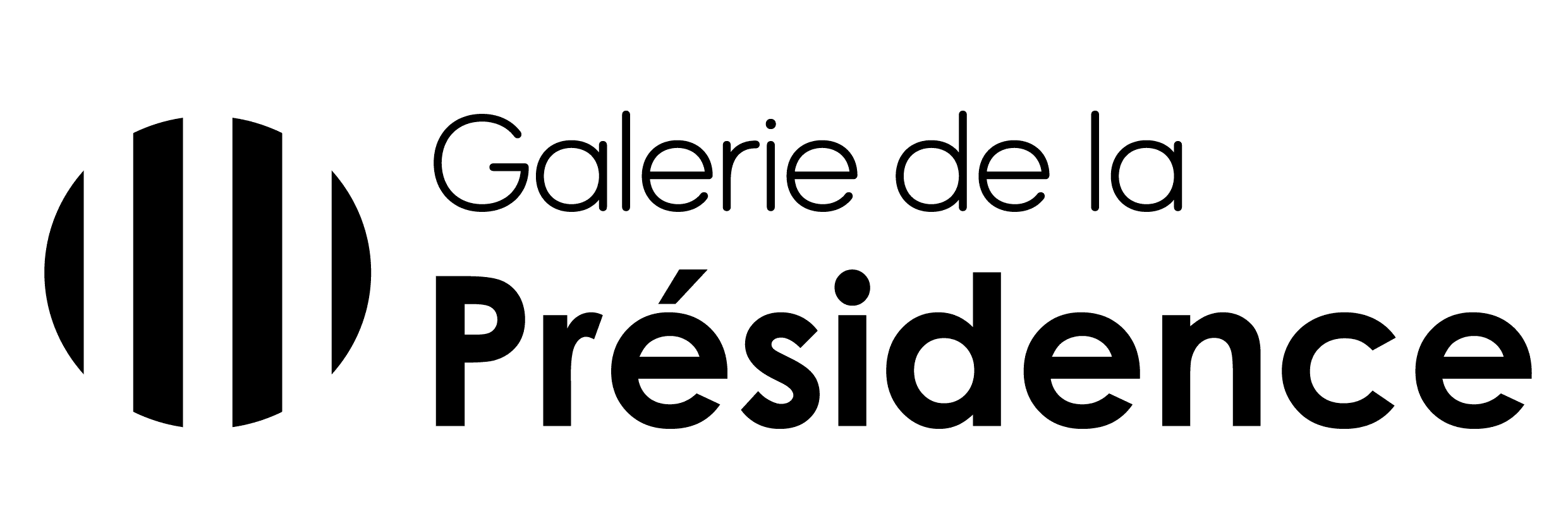Jean FAUTRIER 1898-1964
JEAN FAUTRIER,ONE OF THE GREATEST
PAINTERS OF THE INFORMAL ART
There are two very contrasting Fautrier periods: the figurative period of the 20s and 30s and the so-called informal period.
Dark backgrounds dominate the figurative period with nudes and portraits handled with a powerful contrast of light. It’s a kind of rembranesque chiaroscuro, in a range of black and ochre, plunging the subject in an atmosphere of mysterious irradiation. Black is used as an extreme colour with a purely plastic effect. He was then under contract to Paul Guillaume, the famous merchant of Modigliani, Soutine etc. who has part of his collection exhibited in the Museum of the Orangerie in Paris.
At the end of the 1930s the artist conducted a radical shift towards painting in paste focusing on the effects of matter. A character or object is “discussed” by a little defined mark on which he placed a few schematic lines, recomposing faces, nudes or daily utensils from the primitive sensation they provoked.
“The idea of completely informal painting is a heresy”
Jean Fautrier
The link with reality became increasingly thin. He said: “the idea of completely informal painting is a heresy”. The exhibition Hostages (1945) and Objects (1955) were highly notable. Malraux declared ‘that he’s probably the only contemporary artist who owes nothing to anyone’.
In 1989 there was a retrospective at the Museum of Modern Art of the city of Paris.
“That he’s probably the only contemporary artist who owes nothing to anyone”
André Malraux
Fautrier is one of the most original artists of his generation. His entire work is characterized by a rich temperament, violent spontaneity and always-appetizing material. He remains one of the greatest painters of informal art along with Wols and Dubuffet.







